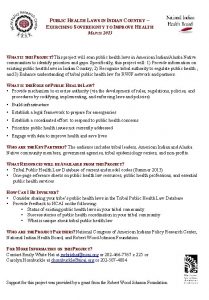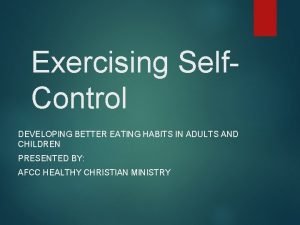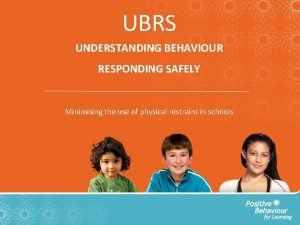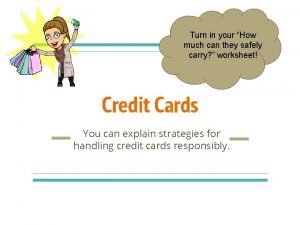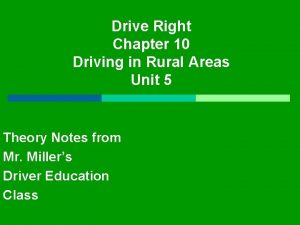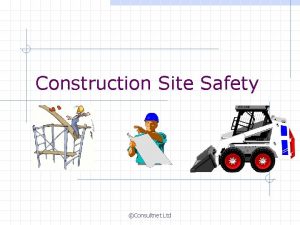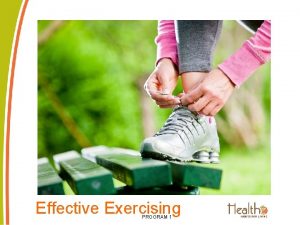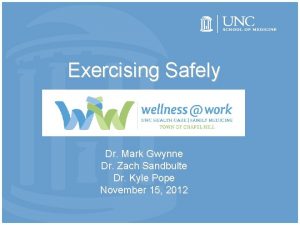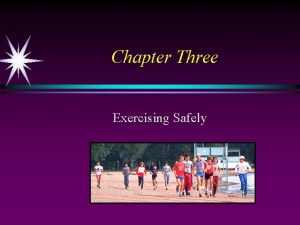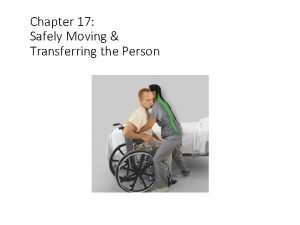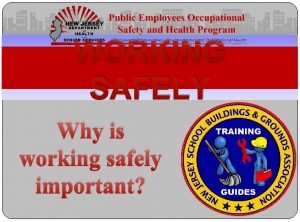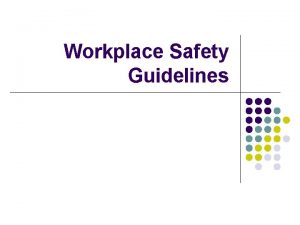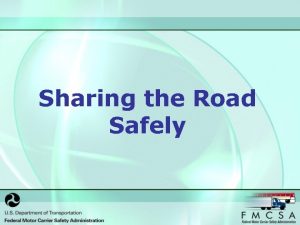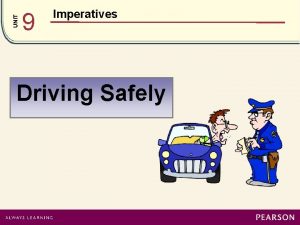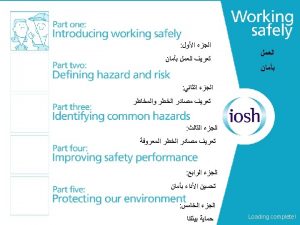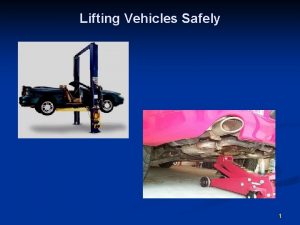EXERCISING SAFELY CH 2 MEDICAL SCREENINGS Get one

















- Slides: 17

EXERCISING SAFELY CH 2

MEDICAL SCREENINGS • Get one of these before you start a program of vigorous physical activity • Basic assessment of a person’s overall health and personal fitness • Performed by a doctor or nurse • Who? • • People with poor lifestyle habits People over 40 Overweight or obese people People with chronic diseases

EXERCISING IN THE HEAT • Environmental conditions can potentially pose a risk factor for personal health • Does that mean we can’t exercise in the heat? NO!!! • As long as we follow some simple guidelines and common sense, most activities can be carried out safely

EXTREME HEAT AND FLUID BALANCE • During exercise your body produces heat causing your temperature to rise • To prevent overheating, you sweat • When the sweat evaporates, heat is released from your body lowering your temp • Fluid balance – describes the body’s ability to balance the fluids taken in and those lost through sweat and excretion • Dehydration occurs when the body loses too much water which can put you at risk for heat related illnesses

HEAT ILLNESS - MILD • Mild • Heat cramps – muscle spasms resulting from the loss of large amounts of water and salt through perspiration or excretion • Minimized by drinking plenty of fluids before and during physical activity

HEAT ILLNESS - MODERATE • Moderate • Heat exhaustion – overheating of the body resulting in the following symptoms • • Cold, clammy skin Weakness Headache Rapid pulse Nausea Heavy sweating Dizziness Weight loss • Stop activity, Move person to cool place and drink plenty of fluids

HEAT ILLNESS - SEVERE • Severe • Heat Stroke – condition in which the body can no longer rid itself of heat through perspiration – LIFE THREATENING – CALL 911 • Symptoms • • Very high body temp Rapid pulse Loss of concsiousness Hot and dry skin • Move person to cool place • sponge body with cold water until EMS arrives

HOW TO AVOID HEAT RELATED INJURIES • Gradually increase the intensity of activity • Acclimatization – allowing your body to adapt slowy to the • Clothing – weather conditions, 5 to 10 days • Lightweight • Cotton to absorb moisture and • Fluid Intake – can lose up to 3 promote evaporation liters of water per hour when • Loose fitting to allow for air flow exercising in hot weather near the skin • Before activity – 12 to 20 ounces • Light color 10 – 20 minutes prior to • sunscreen • During activity – 12 to 36 ounces • Heat Stress Index – scientific per hour measure of the combined • After activity – 16 ounces per effects of heat and humidity on pound lost the body • Indicates risk of injury

HEAT INDEX CHART

EXERCISING IN THE COLD • There are risks associated with exercising in extremely cold temps, wind and rain when a person is not properly equipped • Where warm, loose-fitting layers and protect the extremities where a lot of heat is lost • Hypothermia – condition in which the body’s temperature drops below normal • Brain and body systems can’t function properly at low temps • Can be fatal • Person may act disoriented or lose motor control • Frostbite – tissue damage from freezing usually to the face, hands, head, and feet • Wind-chill – combined influence of wind and temp on the body

OTHER OUTDOOR CONCERNS • Air pollution – avoid exercising when air quality is poor or pick a time of day when motor vehicle traffic is lighter • Unleashed dogs – yell at dog to stop, walk don’t run away • Personal safety – use common sense – exercise • • In well lit areas With someone In reflective clothing if it is dark Avoid isolated areas and high-crime areas if you are alone

FOOTWEAR FOR EXERCISE • Pick shoes that are designed for your specific type of exercise • High top shoes for basketball • Lightweight shoes with cushioning for running • All should have a non-skid sole • Pronation – normal motion of the foot as you walk or run, the heel striking the ground through the normal inward role of the foot • Body’s weight is distributed evenly over the surface of the foot • Over-pronation and under-pronation can put people at risk for injuries • See page 49 Figure 2. 6

BUYING SHOES • Seek advice of an expert • Shoe should provide proper support, flexibility, and cushioning • Snug heel • About ½ inch from longest toe to end of shoe • Try shoes on before you buy • Wear the socks you would wear for exercise • Remember your feet swell during exercise

PREVENTING FITNESS INJURIES • Biomechanics – the study and application of principles of physics to human motion • Using good form in jogging and walking will minimize the risk of injury from the stress placed on the body during exercise • Good form = • • • Breath through your nose and mouth Relax your neck, arms, and shoulders Hands held loosely Elbows flexed at about 90 degrees Stand upright Use a smooth, even stride with heel-toe strike

COMMON INJURIES • Cuts, scrapes – keep clean with antiseptic and cover with bandage • Bruises – no treatment necessary • Blisters – caused by friction between skin and other surface • • Common when you first start training Avoid by breaking in shoes and wearing socks that fit well Treat by cleaning with antiseptic and bandaging If you have medical supplies, go ahead and pop and treat the blister • If you do not have supplies, leave the blister intact

COMMON INJURIES • Muscle cramps – painful spasms that occur during exercise • Associated with dehydration • Side-stitch – cramp in the side of abdomen that occurs during vigorous running • Avoid cramps by staying hydrated and using a proper warm-up and cool down • Treat cramps with stretching and massage • Connective tissue injuries – tissues that hold joints together • Tendons – connects muscle to bone • Ligaments – connects bone to bone • Cartilage – surrounds end of joints to prevent bone from rubbing on bone • Shin splints – tears or inflammation of the tendons and muscles along the shin bone • Strain – tearing of muscle or tendon • Sprain – tearing of ligaments

TREATING INJURIES • Rest the injured part • Ice to reduce the swelling (don’t apply ice directly to skin, use towell) • Compression with an elastic bandage • Elevation Wearing the correct shoes, following proper warm-ups and cool downs, and use good biomechanics can prevent many injuries.
 Get on get in get off
Get on get in get off Songs with poetic techniques
Songs with poetic techniques Exercising
Exercising Exercising self control
Exercising self control Exercising game
Exercising game All of the following are nonlegislative powers except
All of the following are nonlegislative powers except Get up get moving quiz
Get up get moving quiz Get up get moving quiz
Get up get moving quiz Get up get moving
Get up get moving Pseudocode repetition
Pseudocode repetition Get focused get results
Get focused get results Get up get moving quiz
Get up get moving quiz Understanding behaviour responding safely
Understanding behaviour responding safely How much can they safely carry
How much can they safely carry No job is so important that it cannot be performed safely
No job is so important that it cannot be performed safely Chapter 10 driving in rural areas
Chapter 10 driving in rural areas Alex_eastwest13
Alex_eastwest13 No job is so important that it cannot be performed safely
No job is so important that it cannot be performed safely


